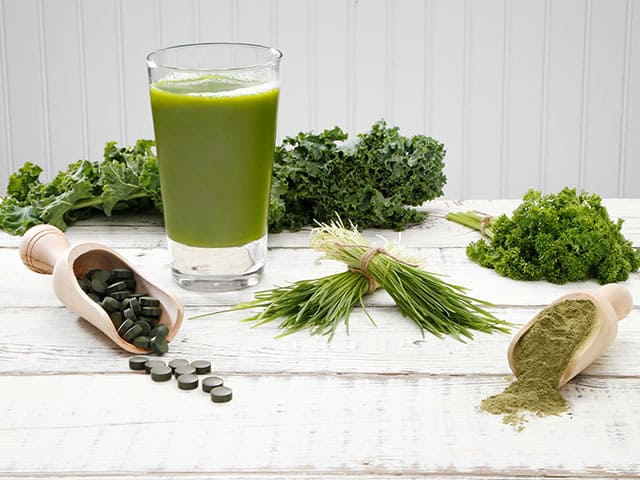 sting fantastic, superfoods contain an exceptionally high nutrient content when compared to the amount of calories per serving of processed foods. A diet rich in fruits and vegetables is important for healthy weight management.
Fruits and vegetables provide most of the carotenoid compounds in your diet. Carotenoids are beta-carotene, lycopene, lutein and zeaxanthin which are sources of phytochemicals that function as antioxidants in your body. Scientific research indicates that consumption of plant-based foods is associated with lower rates of cardiovascular disease, cancer and other chronic diseases.1
sting fantastic, superfoods contain an exceptionally high nutrient content when compared to the amount of calories per serving of processed foods. A diet rich in fruits and vegetables is important for healthy weight management.
Fruits and vegetables provide most of the carotenoid compounds in your diet. Carotenoids are beta-carotene, lycopene, lutein and zeaxanthin which are sources of phytochemicals that function as antioxidants in your body. Scientific research indicates that consumption of plant-based foods is associated with lower rates of cardiovascular disease, cancer and other chronic diseases.1
Heart Health
The highest contribution of potassium in your diet is found in fruits and vegetables. Potassium is a heart-healthy mineral that most people lack in their diet. Potassium, the third most abundant mineral in your body, is a powerful electrolyte that is used by every cell and is critical for proper functioning of the nervous system and muscles cells, particularly your heart muscle cells. Low levels of potassium can cause fatigue, constipation, muscle weakness, or cramping in arm or leg muscles. Potassium also helps reduce blood pressure in people with hypertension and lowers your risk for stroke.2Immune Protectors
Foods that are rich in color, red, yellow, purple, blue, and orange, contain immunity-boosting antioxidants. A strong immune can ward off infections and diseases. It is estimated that one third of all cancer deaths in the United States could be avoided through appropriate dietary modification such as increasing consumption of fruits and vegetables.3Healthy Joints
The high alkalinity properties in green drinks help reduce inflammation and may be the perfect choice of food for people suffering inflammatory ailments, like joint pain, arthritis or osteoarthritis. The key to reducing chronic inflammation is to consume a diet rich in fruits, vegetables and easily digestible greens like wheat and barley grass, chlorella and spirulina.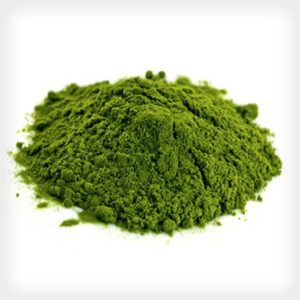 During 2007–2010, half of the total U.S. population consumed less than one cup of fruit and less than one and a half cups of vegetables daily; 76 percent did not meet fruit intake recommendations, and 87 percent did not meet vegetable intake recommendations.4 Recommendations for fruit intake range from one to two and a half cups and vegetables from one and a half to three cups per day. Consuming a powdered green drink can help you achieve your RDAs of fruits and vegetables.
During 2007–2010, half of the total U.S. population consumed less than one cup of fruit and less than one and a half cups of vegetables daily; 76 percent did not meet fruit intake recommendations, and 87 percent did not meet vegetable intake recommendations.4 Recommendations for fruit intake range from one to two and a half cups and vegetables from one and a half to three cups per day. Consuming a powdered green drink can help you achieve your RDAs of fruits and vegetables.
Body Detox
Toxins are in the food you eat, the air you breathe and the water you drink. They invade your body each day. Luckily your body’s detoxification process neutralizes and eliminates those toxins. The liver plays a key role in most metabolic processes, especially detoxification. Consuming foods like cabbage, broccoli and Brussels sprouts increases glutathione, the most important antioxidant for neutralizing disease-causing free radicals in your liver. Raw juices—think apple cider vinegar—contain healthy enzymes that help rid your body of toxins. This is done by increasing your liver’s production of bile to remove impurities from the blood in your liver, where the toxins are processed for elimination. To help recharge, rejuvenate and renew your body include supergreens in your diet. The major sources of supergreen foods are fruits and vegetables, blue-green algae, sea vegetables, alfalfa and cereal grasses such as wheat, barley, rye and oat grass. A diet rich in superfoods has been proven to protect and heal the body. They contain a wide array of beneficial substances including proteins, protective phytochemicals and healthy bacteria helping you to feel better and gain more energy.1 Plant-based foods and prevention of cardiovascular disease: an overview1,2,3,4, Frank B Hu., Am J Clin Nutr September 2003 vol. 78 no. 3 544S-551S 2 National Heart, Lung, and Blood Institute. Your Guide to Lowering Your Blood Pressure With DASH. NIH Pub No 06-4082. Bethesda, MD: National Heart, Lung, and Blood Institute; 2006 3 Khan N, Afaq F, Mukhtar H. Cancer chemoprevention through dietary antioxidants: progress and promise. Antioxid Redox Signal. 2008 Mar;10(3):475-510. Review. PubMed PMID: 18154485. 4 July 10, 2015 US Department of Agriculture, US Department of Health and Human Services. Dietary guidelines for Americans, 2010. Washington, DC: US Government Printing Office; 2012. Available at http://www.health.gov/dietaryguidelines/2010.aspExternal Web Site Icon.













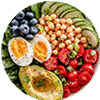
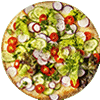
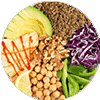
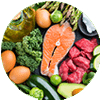
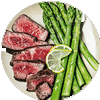
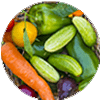
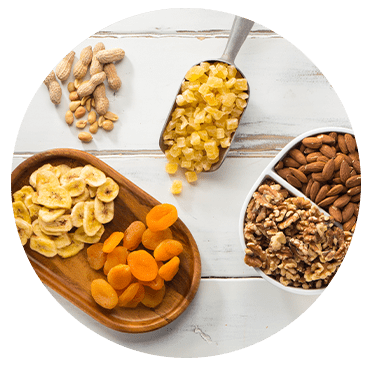
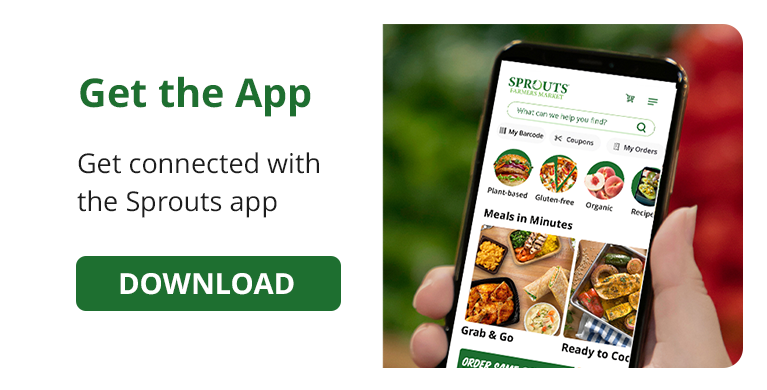
 VIEW ALL
VIEW ALL



